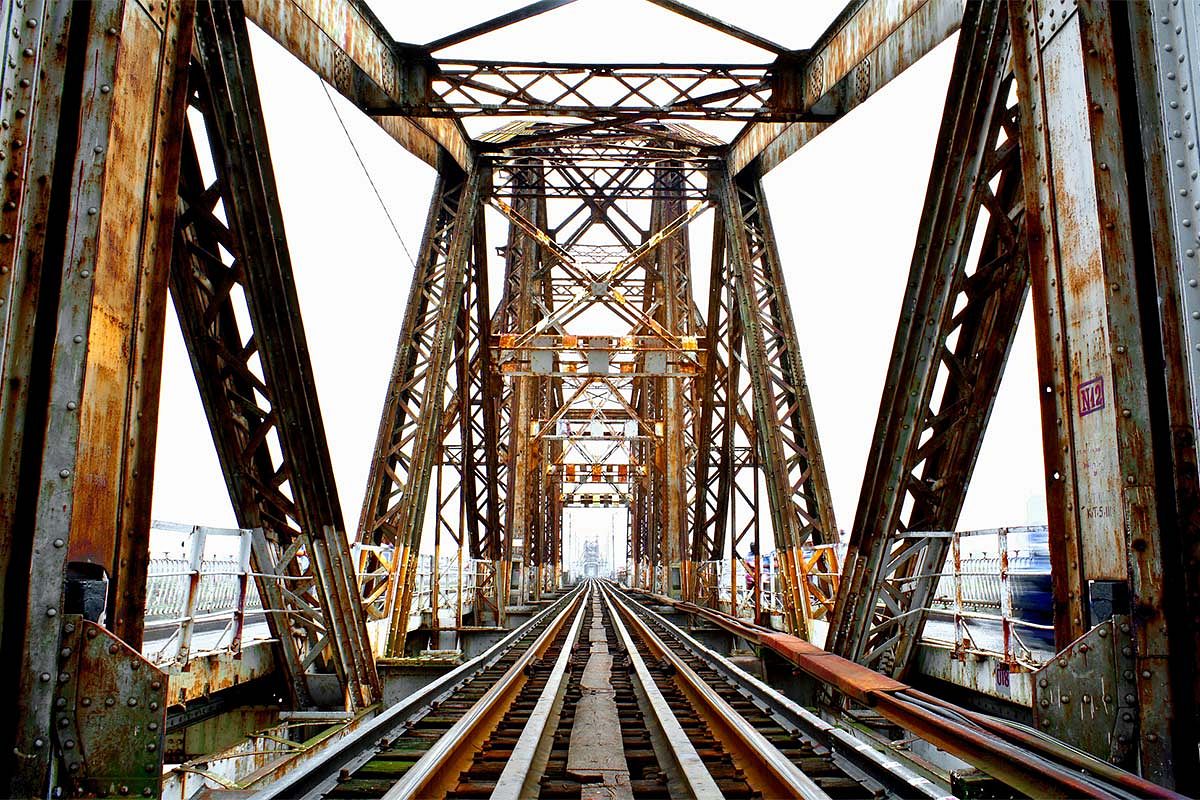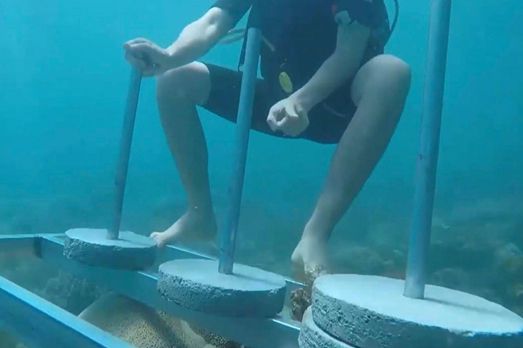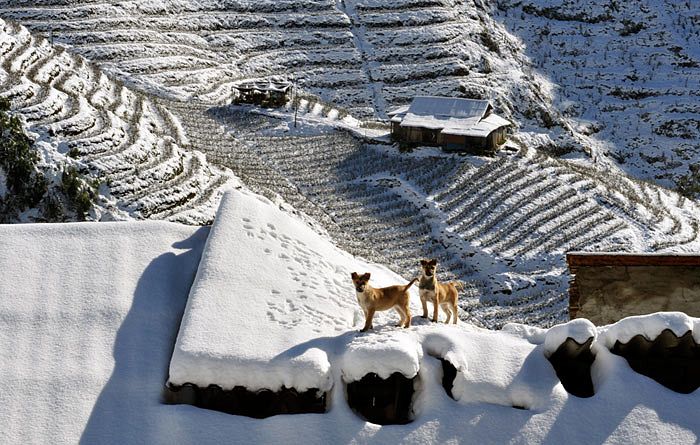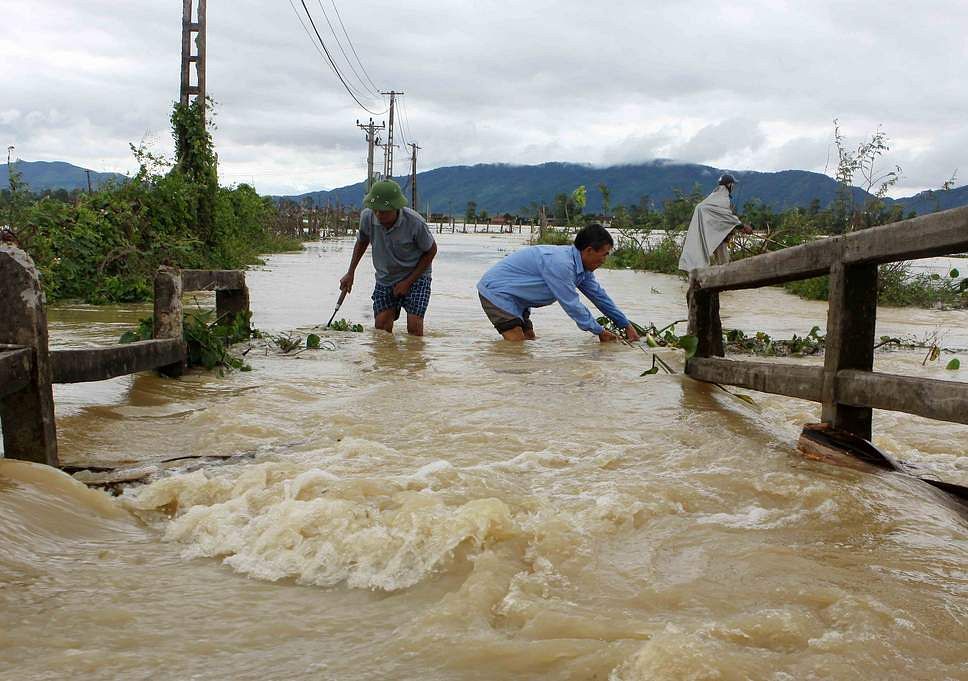In an effort to make your rainy season a little drier, local officials recently approved the spending of VND950 billion (US$41.8 million) to create three large-scale reservoirs across Saigon. Covering 100 hectares in total, the water reserves will be located in Tan Binh and Thu Duc Districts as well as District 4.
Construction on these reservoirs is set to begin in 2016 and reach completion by 2020, according to Tuoi Tre. Along with canal dredging and a renovated sewer system, these artifical lakes will reduce the impact of heavy rains upon local residents by up to 30 percent.
These three reservoirs, however, are but a small piece of the puzzle. In addition to another 30 manmade lakes built late last year, city officials have pinpointed 103 more spots in Saigon still susceptible to heavy flooding and plan to implement similar projects in Binh Chanh and Nha Be Districts as well as District 9.
The plan fits well into Vietnam's Climate Adaptation Partnership (VCAP), a joint effort with the Netherlands which aims to help Saigon adapt to the mounting effects of climate change. As one of the cities most susceptible to these environmental changes, flood prevention is a crucial part of its development moving forward.
“A consequence of urbanisation around the world is a reduction of green space and space for open water,” says Leon Valkenburg, a representative of Witteveen+Bos, the Dutch engineering company affiliated with VCAPS. “In addition, the demand for water resources and the amount of waste water increases. Integrating water storage, a separate sewer system and green space in the cities, like the proposed project in Ho Chi Minh City, will reduce flooding and will improve living conditions.”














